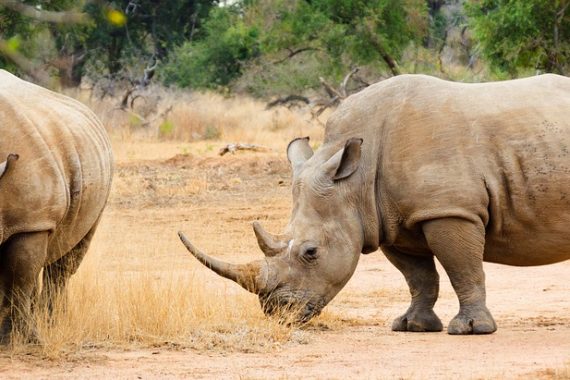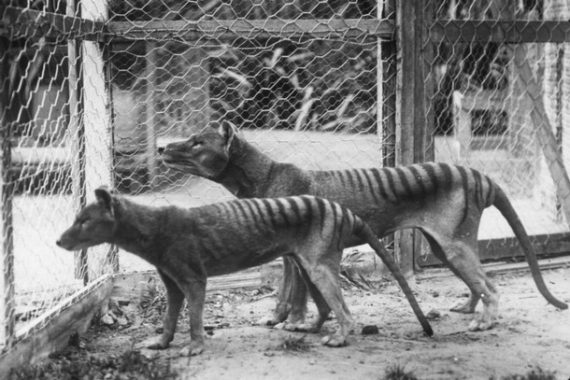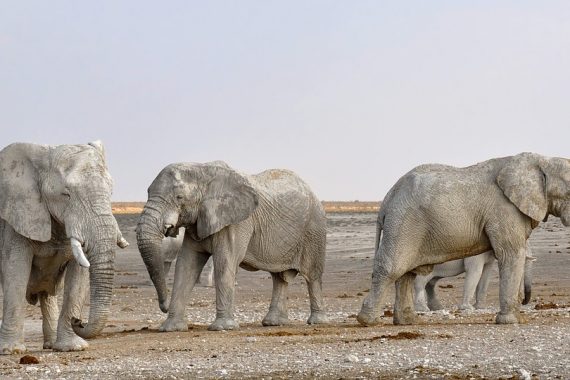 The Perdido Key Beach Mouse and the Key Largo Cotton Mouse are both endangered species of mouse in the state of Florida in the United States. Both are classified as endangered due to human development, habitat destruction and invasive species such as feral cats. Both are very critical to maintaining healthy ecosystems.
The Perdido Key Beach Mouse and the Key Largo Cotton Mouse are both endangered species of mouse in the state of Florida in the United States. Both are classified as endangered due to human development, habitat destruction and invasive species such as feral cats. Both are very critical to maintaining healthy ecosystems.
Perdido Key Beach Mouse (Image by Florida Fish and Wildlife)
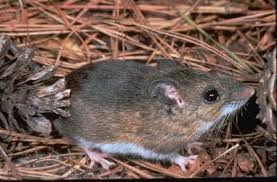
Key Largo Cotton Mouse
Key Mice Description
Rodents make up 40% of all mammals. Making them one of the most numerous mammals on the planet and each having important ecological roles.
Both species belong to the genus Peromyscus. The Perdido Mouse species name is Peromyscus polionotus and they inhabit the Perdido Key in Northwest Florida (panhandle region). The Key Largo Mouse scientific name is Peromyscus gossypinus and inhabits the other end of the state of Florida in Key Largo (near the Florida Keys).
Mice, or rodents, are in fact some of the oldest mammals on the planet. The genus Peromyscus consists of 53 species of “New World” mice, or those inhabiting North America. Recent DNA evidence paints a complicated picture of rodent evolution. In Rodent Evolution: Back to the Root published in 2010, scientist break rodents down into three main clades:
- Mouse-related clade
- Ctenohystric clade (Rodents native to South America)
- Squirrel-related clade
Interestingly, scientists hypothesize the Ctenohystric clade, in South America, came from Africa via ocean dispersal. Meaning, these creatures most likely floated on vegetation as it crossed the oceans. Eventually finding new territories in South America.
Key Mice Facts
These animals have relatively short life spans in the wild. Spanning 4 to 5 months. However, in captivity they can live up to two years. Both species characteristic includes:
- Small territories size of half or full football fields
- Males are called bucks
- Females are called does
- Babies are called pinkies
- Group of mice called a nest or mischief
- Predators include: raptors, cats, owls, snakes, fox, weasels, dogs, and others
- Beach mice are mainly herbivores eating plants and seeds
- Cotton mice are omnivore, main diet includes fruit, nuts, shrubs, but may include insects, mollusks and carrion
- Males sing to their mates
- May enter torpor, a hibernation-like period, for a few days during the hot summer months
- Both species are nocturnal
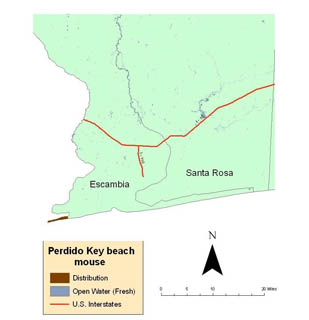

Key Mice Conservation
Both species are recognized as endangered in the US and are protected. While the Perdido Key Beach Mouse is seen as an impediment to progress, both species are recognized for their critical ecological niches. The Beach mice are critical to maintaining healthy dunes, maintaining the gorgeous beaches of the gulf coast. Whereas, the Cotton mice are critical to their local ecosystem helping spread seeds of native plants. Both deserve our respect and admiration.
Article on Reintroduction of Perdido Key Beach Mouse

